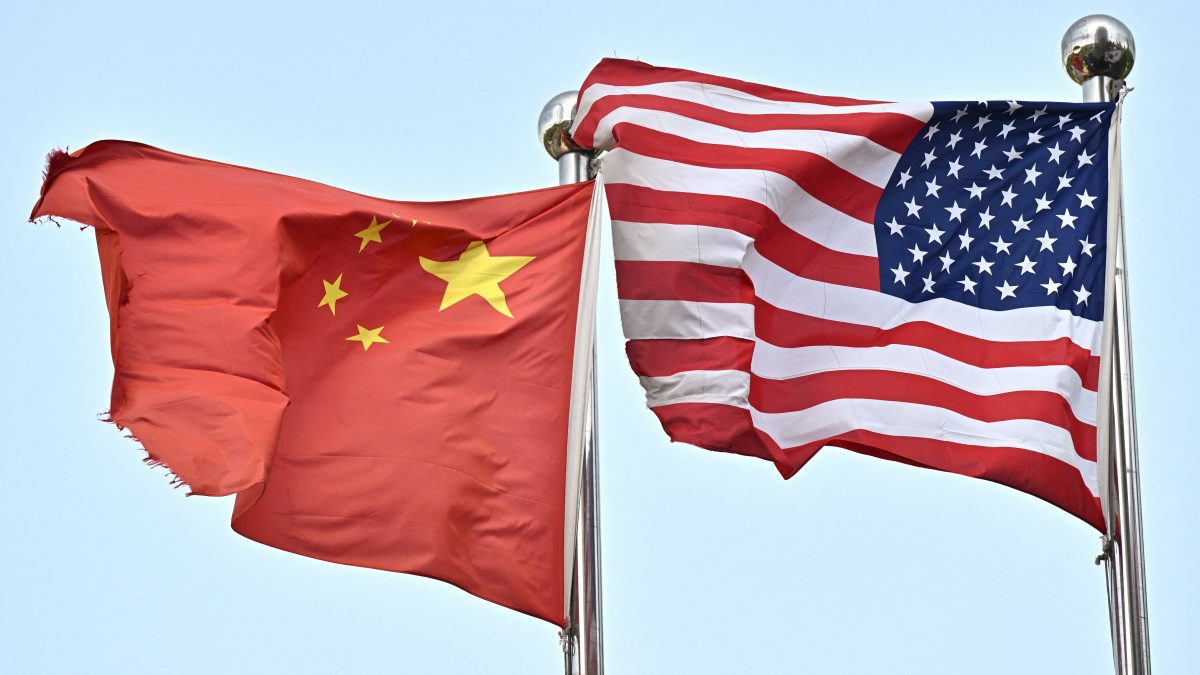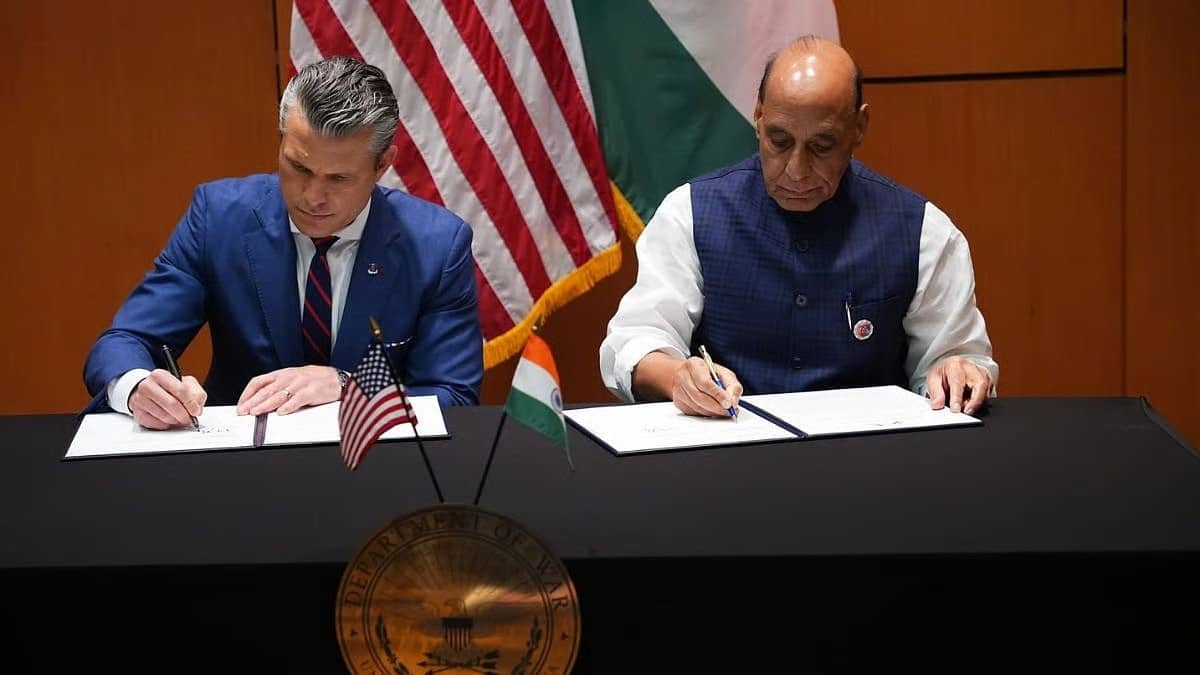When US Treasury Secretary Scott Bessent stood before reporters in Washington last week and declared that “this is China versus the world,” he was not wrong. Beijing’s decision to extend export controls on rare-earth minerals—critical for everything from F-35 jet fighters and Tomahawk missiles to electric vehicles and MRI scanners—is the most audacious weaponisation of global supply chains yet.
China now dominates roughly 70 per cent of global rare-earth mining and more than 90 per cent of refining. Its new rules require foreign firms to obtain Chinese approval even for products containing as little as 0.1 per cent of Chinese-processed materials. The intent is unmistakable: to remind the world that China, not the United States, holds the stronger hand in material dependencies.
Bessent’s response—to mobilise Europe, India, Japan, Australia, and “the Asian democracies” for a “fulsome group response”—was the right instinct. But his call for a united front is being drowned out by his own president’s tariff crusade. At the very moment when Washington needs allies to build alternate supply chains, Donald Trump has pointed his tariff bazooka not just at Beijing but at the rest of the democratic world.
This contradiction sits at the heart of America’s failing China strategy. The United States is asking partners to decouple from Chinese coercion while simultaneously battering them with unilateral levies on steel, automobiles, and manufactured goods. The strategy might have succeeded had the US not alienated its closest allies with steep tariffs. Japan’s finance minister, Katsunobu Kato, has urged the G7 to respond collectively to China’s “economic aggression,” but even close partners are wary of joining an American-led coalition that behaves with as little predictability as the adversary it seeks to contain.
The irony runs deep. Over the past three years, Washington has pioneered extraterritorial tech controls designed to suffocate China’s semiconductor ambitions. Now Beijing has simply returned the favour. China’s new licensing regime mirrors the US Foreign Direct Product Rule, extending Beijing’s reach to any global product made with Chinese-sourced materials or refining technologies.
Impact Shorts
More ShortsUnlike semiconductors, where the United States retains an edge in high-end design, rare earths form the very foundation of physical production—from magnets and motors to missiles and microchips. This gives China far greater coercive power over industrial supply chains. The contest is therefore no longer about decoupling but about the reciprocal weaponisation of interdependence: each side exploiting shared dependencies as strategic leverage while claiming that its own restrictions are acts of self-defence.
The Economist aptly described this as a “feedback loop of regulatory nationalism”. China’s long-arm rules claim the same global jurisdiction that Beijing once denounced in US sanctions law. Trump’s retaliatory 100-per cent tariffs and “critical software” export bans mimic the same coercive methods. The outcome is a slow-motion fracture of the global economy into mirrored protectionist blocs—each citing the other as justification.
Trump’s tariff threats are increasingly performative. Each escalation is followed by a market rout, a backpedal, and a half-hearted truce, driven not by policy design but by Wall Street’s reaction. When stocks fell 900 points after his 100-per cent tariff threat, Trump’s tone softened overnight.
Beijing’s behaviour, by contrast, is methodical. Edward Luce recently wrote that Trump “embraces perpetual warfare in trade,” while China practices strategic patience, testing Washington’s resolve and exploiting its electoral calendar.
The damage is not just geopolitical—it is economic. China’s exports to the United States have fallen by 27 per cent, yet its total exports are up 8 per cent, evidence of diversification to Southeast Asia and the Global South. US farmers, however, have found no new buyers for their soybeans, while Christmas retailers brace for inflation: up to 90 per cent of toys and holiday goods sold in America are made in China. Tariffs meant to punish Beijing end up punishing Milwaukee.
Washington’s rhetoric of “self-sufficiency” now blends protectionism with industrial dirigisme. Bessent himself told CNBC that the US may take equity stakes in rare-earth companies and impose price floors—an admission that market ideology alone cannot defeat a state-capitalist rival. Yet these policies also betray panic. The Pentagon’s $1-billion critical-minerals stockpile remains aspirational; the Defense Department’s partnership with MP Materials is years away from producing serious capacity. The Energy Department’s research into new extraction methods may yield results only in the 2030s.
Meanwhile, allies that could help—Japan, Australia, India, South Korea—are alienated by tariff crossfire and mixed signals. The G7 failed to produce a joint statement on China’s rare-earth curbs precisely because Washington’s unilateralism has eroded trust. Europe, burned by American steel and EV tariffs, sees little incentive to march under Trump’s flag.
For all its aggression, Beijing continues to frame its measures as defensive. During IMF meetings in Washington, Chinese officials insisted the controls “were not a ban” and that civilian-use exports would continue. Commerce Minister Wang Wentao blamed “US provocations,” while Vice Premier He Lifeng met with Bessent to reopen talks. By Saturday, Trump himself declared the situation “de-escalated.”
That rhythm—American escalation, Chinese calibration, allied hesitation—has become the defining pattern of this new economic cold war. It is less about ideology than about credibility: who appears more competent, consistent, and cooperative.
If this is “China versus the world,” as Bessent claims, then the world is still waiting for American leadership worthy of the name. Beijing may have overreached, but Washington has overreacted. The result is that US allies—needed to de-risk supply chains and secure new mineral corridors—see a superpower that preaches partnership while practicing coercion.
A wiser course would marry Bessent’s multilateral instinct with humility: rebuild trust with allies, streamline domestic permitting, and coordinate incentives rather than punishments.
Until then, America’s tariff nationalism will remain China’s greatest strategic gift—a self-inflicted wound disguised as strength.


)

)
)
)
)
)
)
)
)



